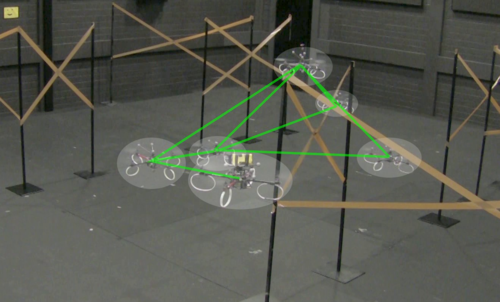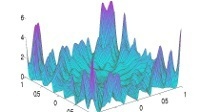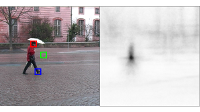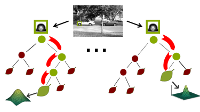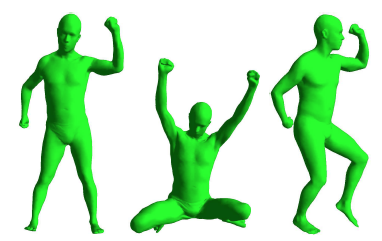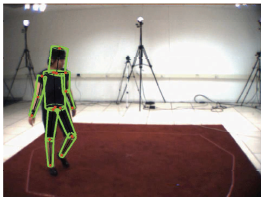7 results
(View BibTeX file of all listed publications)
2017
Decentralized Simultaneous Multi-target Exploration using a Connected Network of Multiple Robots
Nestmeyer, T., Robuffo Giordano, P., Bülthoff, H. H., Franchi, A.
In pages: 989-1011, Autonomous Robots, 2017 (incollection)
2014
Simulated Annealing
In Encyclopedia of Computer Vision, pages: 737-741, 0, (Editors: Ikeuchi, K. ), Springer Verlag, 2014, to appear (inbook)
2013
Class-Specific Hough Forests for Object Detection
Gall, J., Lempitsky, V.
In Decision Forests for Computer Vision and Medical Image Analysis, pages: 143-157, 11, (Editors: Criminisi, A. and Shotton, J.), Springer, 2013 (incollection)
2012
An Introduction to Random Forests for Multi-class Object Detection
Gall, J., Razavi, N., van Gool, L.
In Outdoor and Large-Scale Real-World Scene Analysis, 7474, pages: 243-263, LNCS, (Editors: Dellaert, Frank and Frahm, Jan-Michael and Pollefeys, Marc and Rosenhahn, Bodo and Leal-Taix’e, Laura), Springer, 2012 (incollection)
Home 3D body scans from noisy image and range data
Weiss, A., Hirshberg, D., Black, M. J.
In Consumer Depth Cameras for Computer Vision: Research Topics and Applications, pages: 99-118, 6, (Editors: Andrea Fossati and Juergen Gall and Helmut Grabner and Xiaofeng Ren and Kurt Konolige), Springer-Verlag, 2012 (incollection)
2011
Steerable random fields for image restoration and inpainting
Roth, S., Black, M. J.
In Markov Random Fields for Vision and Image Processing, pages: 377-387, (Editors: Blake, A. and Kohli, P. and Rother, C.), MIT Press, 2011 (incollection)
This chapter introduces the concept of a Steerable Random Field (SRF). In contrast to traditional Markov random field (MRF) models in low-level vision, the random field potentials of a SRF are defined in terms of filter responses that are steered to the local image structure. This steering uses the structure tensor to obtain derivative responses that are either aligned with, or orthogonal to, the predominant local image structure. Analysis of the statistics of these steered filter responses in natural images leads to the model proposed here. Clique potentials are defined over steered filter responses using a Gaussian scale mixture model and are learned from training data. The SRF model connects random fields with anisotropic regularization and provides a statistical motivation for the latter. Steering the random field to the local image structure improves image denoising and inpainting performance compared with traditional pairwise MRFs.
Benchmark datasets for pose estimation and tracking
Andriluka, M., Sigal, L., Black, M. J.
In Visual Analysis of Humans: Looking at People, pages: 253-274, (Editors: Moesland and Hilton and Kr"uger and Sigal), Springer-Verlag, London, 2011 (incollection)

